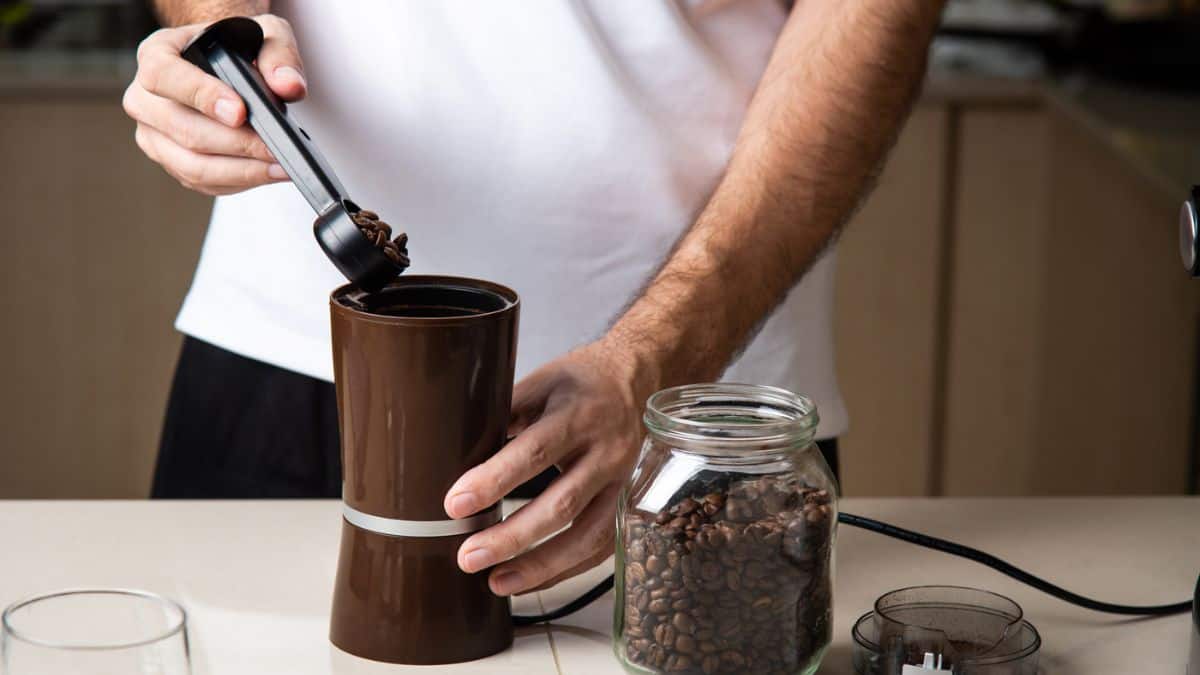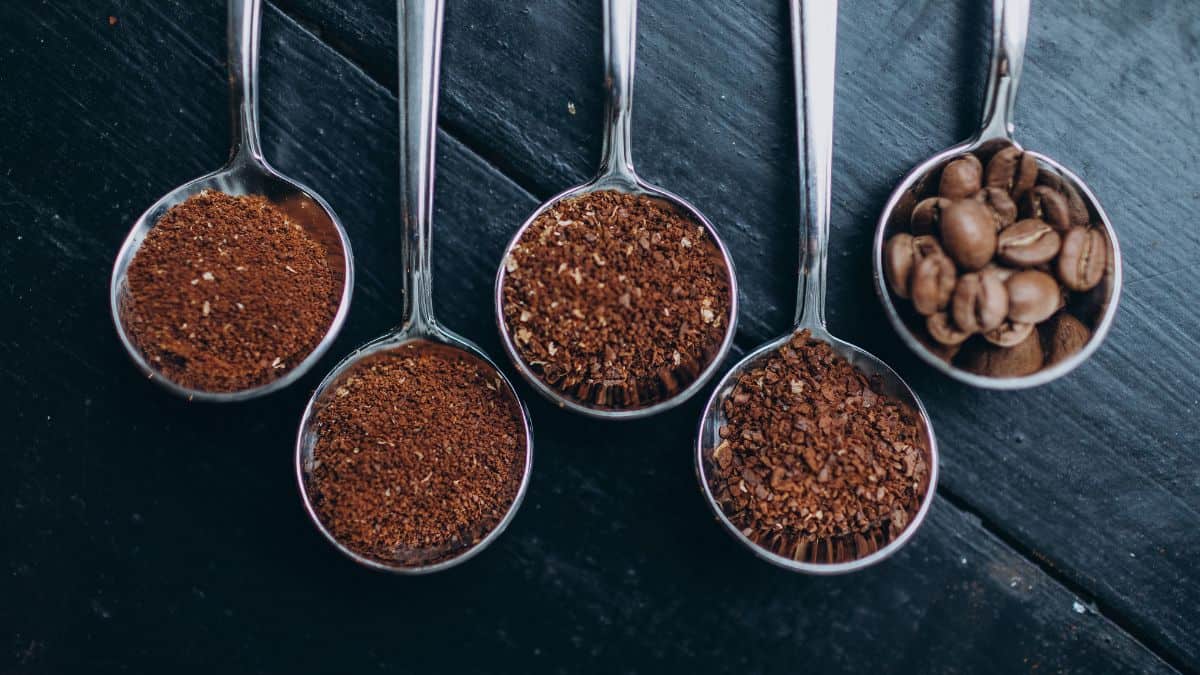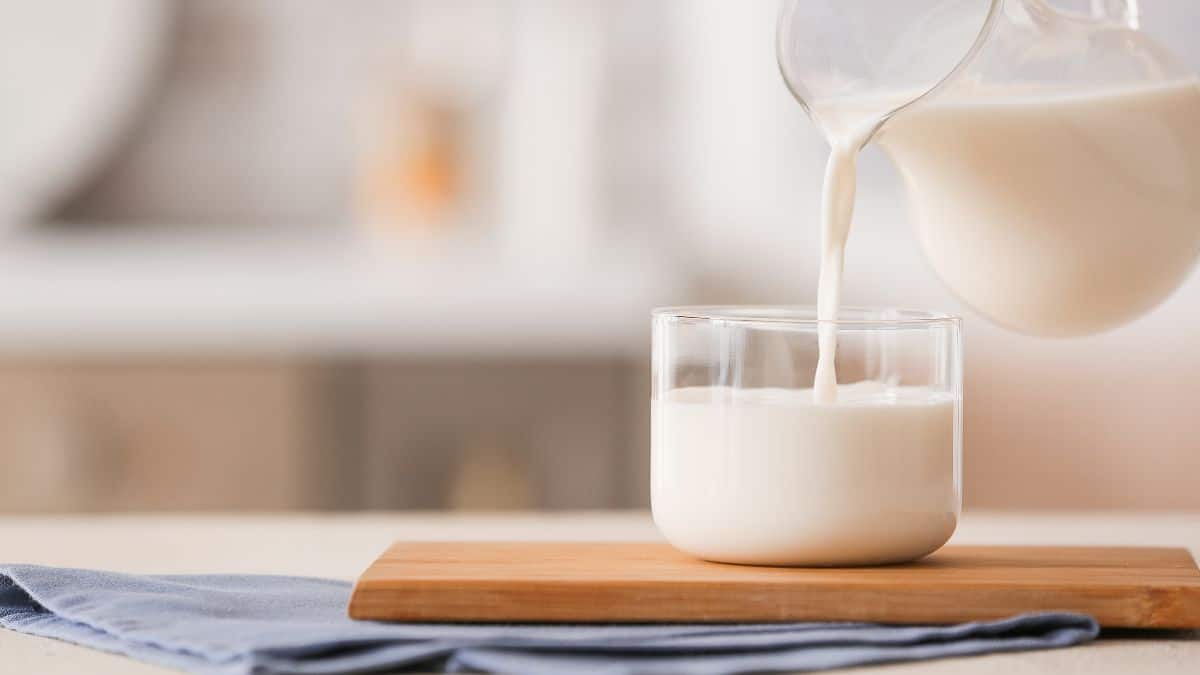Coffee ranks as a morning favorite for countless people, appreciated not just for its caffeine kick but also for its rich flavor that goes well with almost any addition, from a dash of milk to a spoonful of sugar. Despite its seeming simplicity, brewing coffee at home can sometimes fall short of that perfect cafe quality. Whether you sip it for the energy boost or the taste, getting the barista basics right can make a big difference. Here are some pro tips to help you nail that excellent cup of coffee, right from your kitchen.

Invest In The Best Espresso Machine For Your Skill Level

Choosing the right espresso machine is crucial as it should match your skill level to prevent frustration and allow room for growth. Begin with a user-friendly model that offers essential functions with some room to experiment. As your skills improve, consider upgrading to a more professional machine that offers finer control over the extraction process.
Build Your Toolkit

A proper toolkit is the backbone of a skilled barista. Start with a tamper, pitcher, thermometer, and scales. Each tool plays a specific role in the precision and efficiency of your coffee crafting, from perfecting your tamp to measuring exact milk temperatures.
Carve Out Dedicated Space For Your Coffee Creations

Designating a specific area for making coffee helps in maintaining an organized workflow and keeping you focused. Ensure this space is functional and comfortable, keeping all your tools within easy reach and the area free of clutter. This setup not only streamlines your process but also makes the experience more enjoyable. This can be a nook of your kitchen counter or for smaller spaces, a cart on wheels you can move around.
Grind The Beans Fresh

Freshly ground beans are key to a flavorful cup of coffee as grinding releases their oils and aromas. Invest in a good quality burr grinder that can provide consistent grind sizes, and grind beans just before brewing to ensure maximum freshness and flavor.
Clean Your Equipment Regularly

Regular cleaning of your coffee equipment prevents the build-up of old coffee oils and residues, which can significantly affect the taste of your coffee. Make it a routine to clean your espresso machine and grinder according to the manufacturer’s instructions after each use.
Store Beans To Maximize Freshness

Proper storage of coffee beans is vital to preserving their flavor and freshness. Keep beans in an airtight container away from direct sunlight and moisture. Consider vacuum-sealed containers as they can significantly prolong the beans’ life by keeping air out.
Let The Coffee Bloom For Better Flavor

Allowing coffee to “bloom” releases carbon dioxide and helps in extracting more flavor. Simply pour hot water over the grounds, let them swell and release gases, then continue brewing. This step is especially important in making pour-over coffee for the best taste.
Learn The Best Size Grind For Your Use

The grind size significantly impacts extraction and taste. Fine grinds are ideal for espresso, medium for drip coffee, and coarse for French press. Experimenting with grind sizes can help you perfect your brew according to the brewing method and personal preference.
Experiment With Different Milks

Different milks can transform the texture and flavor profile of coffee drinks. Experiment with various options like regular dairy milk and the different fat contents available as well as oat, almond, and soy milks for alternative options. Each one acts very different and can even vary from brand to brand, especially in the world of alternative milks.
Always Use Fresh Milk For Frothing

Fresh milk not only froths better, but it also imparts a cleaner, sweeter taste to coffee drinks. Use milk within days of opening and keep it refrigerated to ensure the best froth and flavor for lattes and cappuccinos.
Practice Your Frothing Skills, Often

Perfect froth is crucial for delicious lattes and cappuccinos. Practice frothing milk to achieve the right consistency of foam. This skill takes time to develop but makes a significant difference in coffee quality. There are a variety of frothing tools available from the a simple jar to shake milk to handheld electric milk frothers and even steam wands attached to fancy espresso machines.
Use Filtered Water

The quality of water affects the taste of coffee. Using filtered water can remove impurities that might interfere with the flavors. Always fill your espresso machine with fresh, filtered water for the best results. Hard water will also clog the lines of your machine forcing you to descale the appliance regularly.
Be Precise About Amounts and Brew Times

Precision in coffee brewing is non-negotiable. Careful measurement of coffee grounds and strict timing of brews can dramatically enhance the consistency and taste of your coffee. Use scales and timers to help achieve this precision with every brew and keep a log of the different weights, times and outcomes so you can learn more easily.
Don’t Scorch Your Grounds

Avoid overheating your coffee grounds. Scorching can give a bitter taste to the coffee. Maintain the correct temperature on your espresso machine to ensure you extract the coffee flavors just right, without burning the grounds. You should never use boiling water to make coffee.
Go The Extra Step By Warming Your Mugs

Pre-warming your mugs helps maintain the coffee’s temperature, ensuring you don’t lose cozy warmth as soon as it hits the cup. Simply fill the mug with hot water while your coffee brews then empty it before pouring your drink, no need for a mug-warming gadget.
15 Timeless Kitchen Hacks From The Past That Still Work Wonders Today

Ever wonder how your grandparents managed to whip up amazing meals without all the fancy gadgets we have today? They had their own set of kitchen hacks, secrets passed down that are just as genius now as they were back then. We’ve dug up 15 of these timeless tricks that still make cooking easier and more fun today. Add a touch of old-school magic to your modern kitchen with these tried-and-true tips.
See Them Here: 15 Timeless Kitchen Hacks From The Past That Still Work Wonders Today
11 Things You Should Never Keep On Your Kitchen Counter

Your kitchen counters should be a space for cooking and gathering, not a storage unit for every gadget, spice, and unread mail that finds its way home. With daily use, it’s no surprise these surfaces quickly become cluttered catch-alls. To help you keep your kitchen organized and functional, we’ve gathered expert tips on the items that really shouldn’t live on your countertops. Ready to clear the clutter? Here’s how to keep your kitchen space neat and welcoming.
See Them Here: 11 Things You Should Never Keep On Your Kitchen Counter
Select images provided by Depositphotos.
Gina Matsoukas is an AP syndicated writer. She is the founder, photographer and recipe developer of Running to the Kitchen — a food website focused on providing healthy, wholesome recipes using fresh and seasonal ingredients. Her work has been featured in numerous media outlets both digital and print, including MSN, Huffington post, Buzzfeed, Women’s Health and Food Network.








